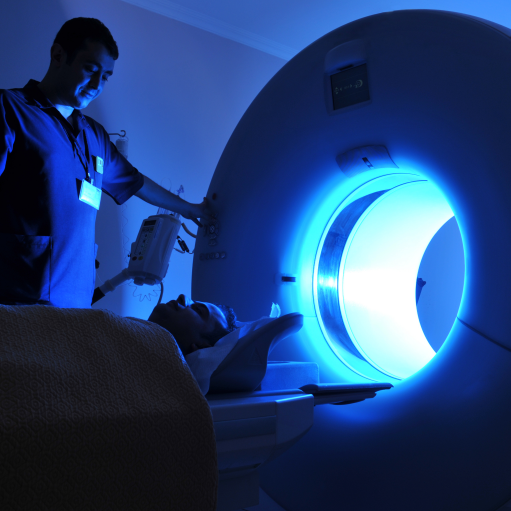
When you have a problem with your health, you want your doctor to do something to help. Most of the time, that’s just what your doctor should do. But sometimes doing something may be doing too much, especially when it comes to imaging.
Imaging tests let doctors see what’s happening inside you by taking pictures of parts of your body. Imaging tests include X-rays, MRIs, CT scans and ultrasound. Many of the tests are painless and don’t require any special preparation. It’s easy to see why you might think imaging is a good way to double check things, just to be on the safe side.
Unfortunately, in many cases, imaging will cost you extra money but won’t help with your treatment. For example, most back pain goes away on its own in about four weeks (If you have low-back pain, you can use the Community Checkup to see which providers and health plans in Washington score well on avoiding imaging testing). Migraine or tension headaches are painful, but imaging rarely shows why they are happening.
Imaging isn't risk-free
Just because imaging is easy doesn’t mean it is risk-free. Getting an imaging test when you don’t need one could lead to a variety of problems that you could have avoided. Imaging can turn up something that looks unusual but is harmless, leading to a series of other tests or even unnecessary surgery. CT scans and X-rays also expose you to radiation, which you should avoid if you can because it can cause cancer.
Still worried that your problem might be more serious? Remember that serious problems, such as tumors, are usually accompanied by other symptoms. Telling your doctor everything that is going on with you will help him or her determine how best to diagnose your problem.
There are times when imaging makes perfect sense. But maybe not as often as you think. Talk to your doctor to understand your options and what’s appropriate for you.

